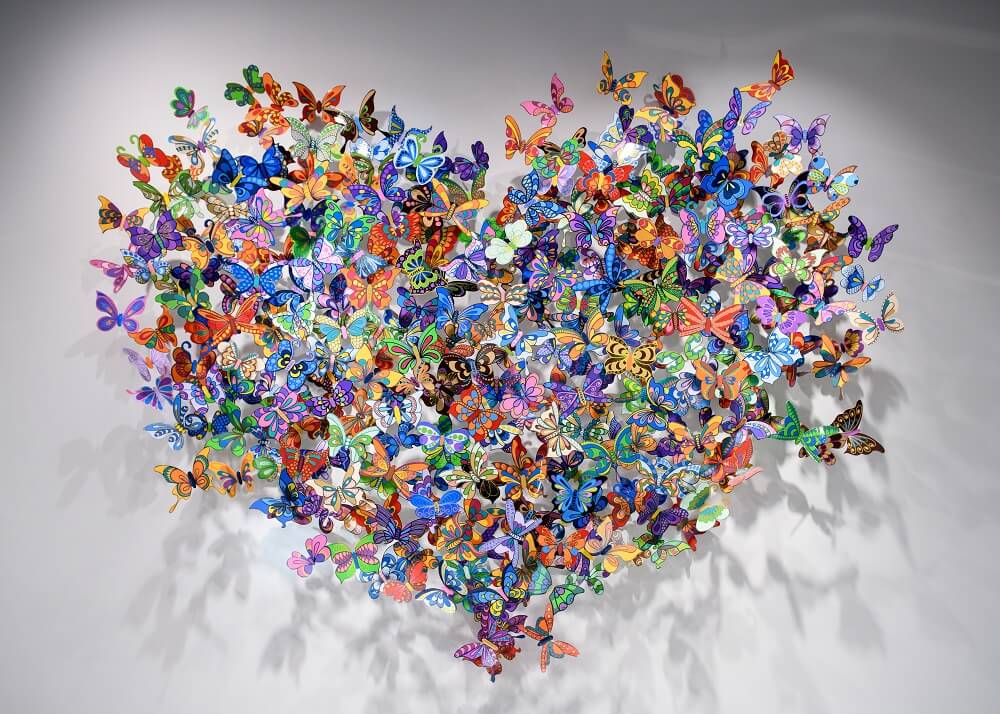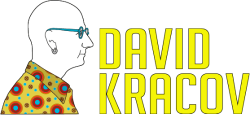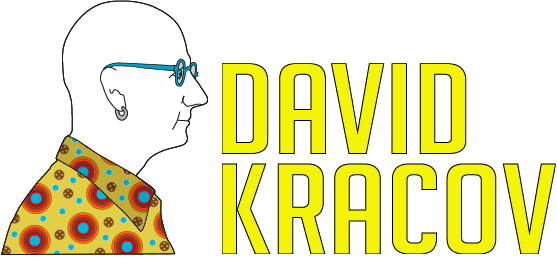Types of Visual Art
A definite starting point in determining the definition of a type of art is to define what art is. Art is a term that is used to describe a wide variety of visual arts, including painting, sculpture, graphic design, ceramics, photography, architecture, and a number of other related fields.
Art is the creative expression of the human soul. It is the attempt to create something beautiful that no one else has ever created. Art is a medium of expression that anyone can be a part of. It is not limited to a single nationality or ethnicity and can be found in all parts of the world. There are many different types of art, but they all have one thing in common – they are all created by human beings.
What is visual art?
Visual art is an expression of what you want to communicate to others through your skillful use of visual elements, such as lines, color, texture, form, and composition. Visual art is more than just pretty pictures—it’s more than just creating art that looks pretty. It is an expression of ideas, emotions, and the human spirit. It is more than just making something pretty—it’s making something beautiful. And it’s more than just making something beautiful—it’s making something beautiful that means something.
Visual art does not exist in a vacuum. It exists in a community, one that exists with its own rules, aesthetics, and even its own language. There are thousands of dimensions to look at when creating art, each requiring its own unique techniques. The idea behind the arts is simple: in order for you to experience art, you need to be in a space where it can be viewed. This is why museums exist—so that people can see art from all over the world. In other words, the arts are visual, unlike music or poetry, or dance, which do not need a specific setting to be experienced.

How many types of visual art are there?
Visual art is a broad term that covers a huge range of art forms. While there are hundreds of different types of visual art, we can break them all down into a few general categories: painting, sculpture, drawing, and photography. Visual art is a term that is used to discuss a wide variety of artistic practices that don’t involve painting. However, the term can be confusing to define, as it can be used to refer to anything from the creation of 2D images to 3D sculptures.
Here are the three main types of visual art:
Decorative
Decorative art is a category of art that uses a variety of media, materials, techniques, and aesthetics to decorate (or embellish) certain spaces, objects, or surfaces. While this can be done with non-art materials, like fabric, paint, and wallpaper, the term typically refers to the use of art-making materials on these surfaces.
Commercial
There is a lot of confusion about the difference between commercial and non-commercial art. The difference is extremely important, not just because it affects sales but also because it affects the way we value certain works of art. Some types of art are often considered to be non-commercial and thus more valuable than others. Commercial art is the art that is a product, a work of a specific type, made by a specific artist or artist team, or done by a specific company for a specific purpose that is more than just a work of art.
Fine
Fine art is the art of the very highest level, and visual art is the art that involves the use of the senses. The word fine has come to mean something like well-crafted or of the very highest quality. Fine art is the art of the highest level; it is an art that involves the use of the senses.
What are the classifications of art?
Art is a broad almost definition. The definition of art can be “anything that is made by hand” or “the process of making something,” or “the skill of making something” or “the skills of making something.” In today’s modern world, many people have a misconception that there isn’t a wide variety in the world of art, but this is far from the truth. There is a massive range of approaches to art, and there are a wide variety of different styles that each art form can take. What’s more, in today’s world, there are a plethora of different art forms. So here are the three classifications of art, namely:
Abstract Art
Abstract art is a genre of visual art that celebrates the idea of the universal rather than representing specific objects. The underlying goal of abstract art is to force the viewer to focus on the image as a whole rather than the details and to be drawn into a state of contemplation.
Non-objective art
Non-objective art is a term used to describe art that does not show any recognizable subject.
Fine art
Fine art is an art that can be defined as traditional, contemporary, modern, folk, folk art, artisan. As the term relates to art, it defines art as an object of contemplative interest, usually made by hand and characterized by aesthetic or expressive qualities, which has material qualities or is made of materials that are the subject of aesthetic appreciation.
In the 1990s, art was considered a possibility for everybody. In the past century, the definition of “art” has been expanded to include any type of work of creative processes, from a photo of a loved one or a poem to a film or a song. The definition of art also includes a variety of disciplines, such as photography, photography, painting, sculpture, film, and video art. Some contemporary fine artists have expanded the definition of art by taking inspiration from other visual arts. Well-known modern-day contemporary fine visual artists include Jeff Koons, David Kracov, Yayoi Kasuma, Damien Hirst, Ai Wei Wei, and Barbara Kruger.
The fine art world, as most people perceive it, is full of pretentious art that belongs in museums, galleries, and art fairs. However, countless fine artists today are pushing boundaries and developing new processes that aim to reveal the emotions and ideas of the artist far beyond the traditional definition of what fine art is. Some of these artists are using techniques and media never before seen in the art world.
SELECTED ARTWORKS

I'd like to receive future updates and newsletters
I'd like to receive future updates and newsletters





